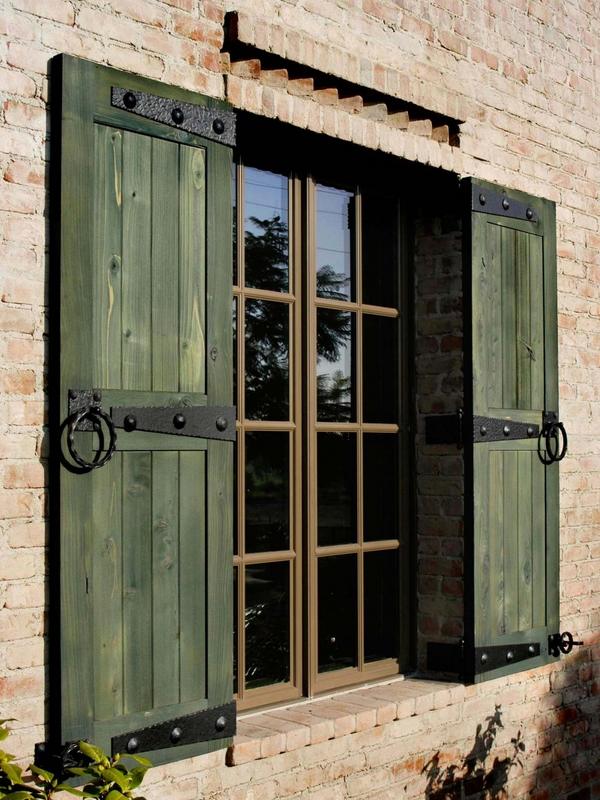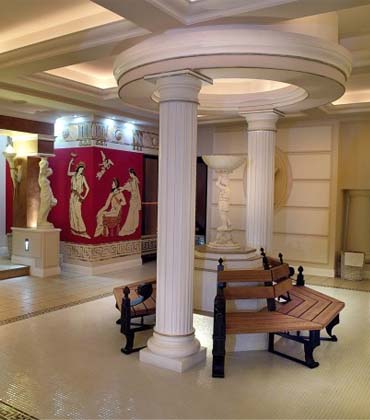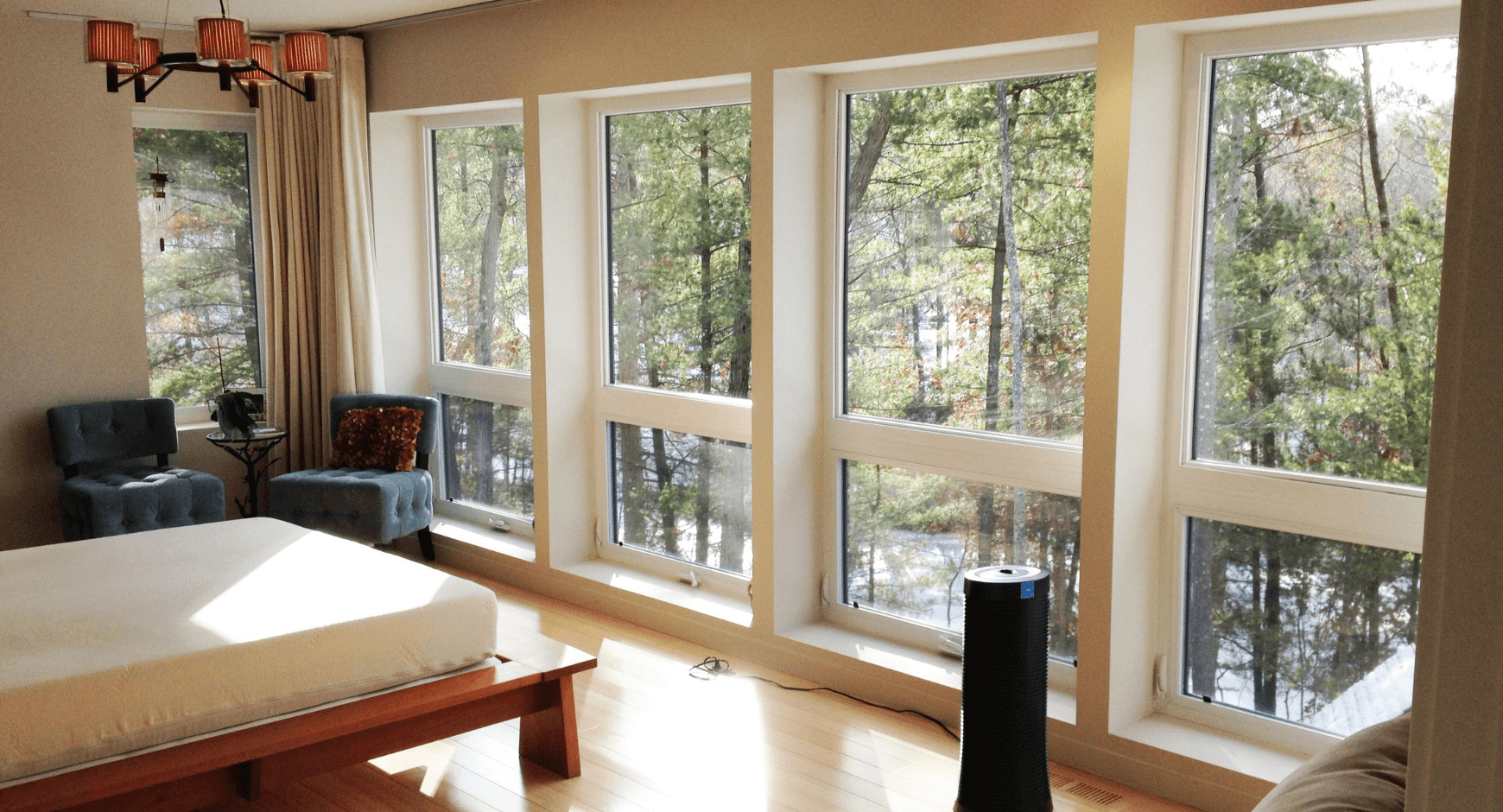
Exterior brick can be painted to improve the look of your house. It can often increase the property's value. It can also protect bricks from severe weather. Before you begin, however, there are some important things to remember.
First, make sure your brick is ready to paint. To do this, you need to clean the surfaces thoroughly. For this purpose, you can use a combination soap and water. When you have scrubbed the bricks, you should fill in any cracks that are present. The bricks are then ready to be painted. You can cover larger sections with a paint sprayer.
It is important to use high-quality paint. A good quality paint will last for years. You can also choose a paint that allows moisture to escape. This type of paint will keep the paint from cracking. Professional painting contractors can help you select the right products.

Next, you need to choose the right color for brick. You may want to choose a color that complements your home's other features. For example, if your home has a gray slate roof, a crisp white brick will make it look more majestic. Or, for a more playful look, you can opt for a darker brick. You should research the options before choosing a color.
Also, ensure you use the correct primer on your brick. Before you apply the paint, at least one coat must be applied. Allow the primer to dry for at minimum 24 hours before applying the final layer of paint.
During painting, safety equipment will be necessary. Safety gear can prevent you from inhaling toxic fumes while painting and will help keep your eyes healthy. You will need a variety of tools for the job, including a paint sprayer, a brush, drop cloths and paint.
The size of your house will determine the cost of exterior brick painting. Eight gallons is required to paint a home measuring 2,500 square feet. You'll also need to buy a few paint rollers and brushes. To avoid mess and save time, it is possible to hire a professional painting crew to help you paint larger areas.

Depending on what exterior paint you choose, it can last up 20 years. You should choose a paint that resists weather damage and fading, considering the harsh environment that exterior bricks will be exposed to. You should choose a latex-based paint that is breathable. For new bricks to fully acclimate, it will be necessary to wait at most one year before painting them.
FAQ
How Much Does It Cost to Renovate A House
The type of material, the project size and the complexity of renovations will all impact the cost. Some materials such as wood require additional tools like saws and drills while others like steel do not. The price of renovations depends on whether you hire a contractor to do the job or if you are willing to do the work yourself.
The average cost of home improvement projects ranges from $1,000 to $10,000. The cost to hire professionals would be anywhere from $5,000 to $25,000. The cost to hire professionals would range from $5,000 to $25,000,000. On the other side, you could spend up to $100,000 if your task is completed entirely yourself.
It is important that you are aware of the many factors that affect the final price of renovations. The type of material used (e.g. These factors include whether brick is concrete or brick, how large the project is, how many workers are involved, the duration of the project and so on. These are important considerations to remember when estimating total renovation cost.
How do you choose a good contractor to work with?
Ask your family and friends for recommendations when choosing a contractor. Online reviews are also a good option. You should ensure that the contractor you select has experience in the field of construction you are interested. Ask for references and check them out.
How do you make a house look new?
When renovating a home without spending money, the following steps should be followed:
-
Make a budget plan
-
Find out what materials you need
-
Decide where to put them
-
Make a list.
-
Find out how much money your have
-
Plan your renovation project
-
Start working on your plans
-
Do some online research
-
Ask friends and family to help
-
Be creative!
Statistics
- It is advisable, however, to have a contingency of 10–20 per cent to allow for the unexpected expenses that can arise when renovating older homes. (realhomes.com)
- Design-builders may ask for a down payment of up to 25% or 33% of the job cost, says the NARI. (kiplinger.com)
- Rather, allot 10% to 15% for a contingency fund to pay for unexpected construction issues. (kiplinger.com)
- On jumbo loans of more than $636,150, you'll be able to borrow up to 80% of the home's completed value. (kiplinger.com)
- They'll usually lend up to 90% of your home's "as-completed" value, but no more than $424,100 in most locales or $636,150 in high-cost areas. (kiplinger.com)
External Links
How To
How do you plan a complete home remodel?
It takes careful planning and research to plan a complete house remodel. Before you even start your project there are many important things that you need to take into consideration. First, you must decide what type of home improvement you want. You could choose from different categories such as kitchen, bathroom, bedroom, living room, etc. Once you know which category you would like to work on, you'll need to figure out how much money you have available to spend on your project. If you have never worked on homes, it is best to budget at most $5,000 per room. If you have some previous experience, you may be capable of getting away with a lower amount.
Once you know how much money your budget allows you to spend, then you will need to decide how big a job it is you are willing to take on. A small kitchen remodel will not allow you to install new flooring, paint the walls, or replace countertops. On the other hand, if you have enough money for a full kitchen renovation, you can probably handle just about anything.
Next, you need to find a contractor who is experienced in the type project that you want. This will guarantee quality results, and it will save you time later. After finding a good contractor, you should start gathering materials and supplies. It depends on how large your project is, you might need to buy everything made from scratch. You shouldn't have any trouble finding the right item in pre-made stores.
Now it's time for you to start planning. To begin, draw a sketch of where you would like to place furniture or appliances. Then you will design the layout. Remember to leave enough space for outlets and plumbing. Also, try to put the most used areas near the front door so that visitors can easily access them. Final touches to your design include choosing the right colors and finishes. In order to avoid spending too much money, stick to neutral tones and simple designs.
Now it's time to build! Before you begin construction, it's important to check your local codes. Some cities require permits while others allow homeowners to build without one. First, remove all walls and floors. The next step is to lay plywood sheets on your new flooring. Next, you will nail or screw together pieces wood to create the frame for your cabinets. You will attach doors or windows to the frame.
You'll need to finish a few final touches once you're done. You will likely need to cover exposed wires and pipes. You will need to use tape and plastic sheeting for this purpose. Mirrors and pictures can also be hung. Make sure to keep your work area neat and tidy.
These steps will help you create a functional, beautiful home that is both functional and attractive. Now that you have a basic understanding of how to plan a house remodel, it's time to get started.